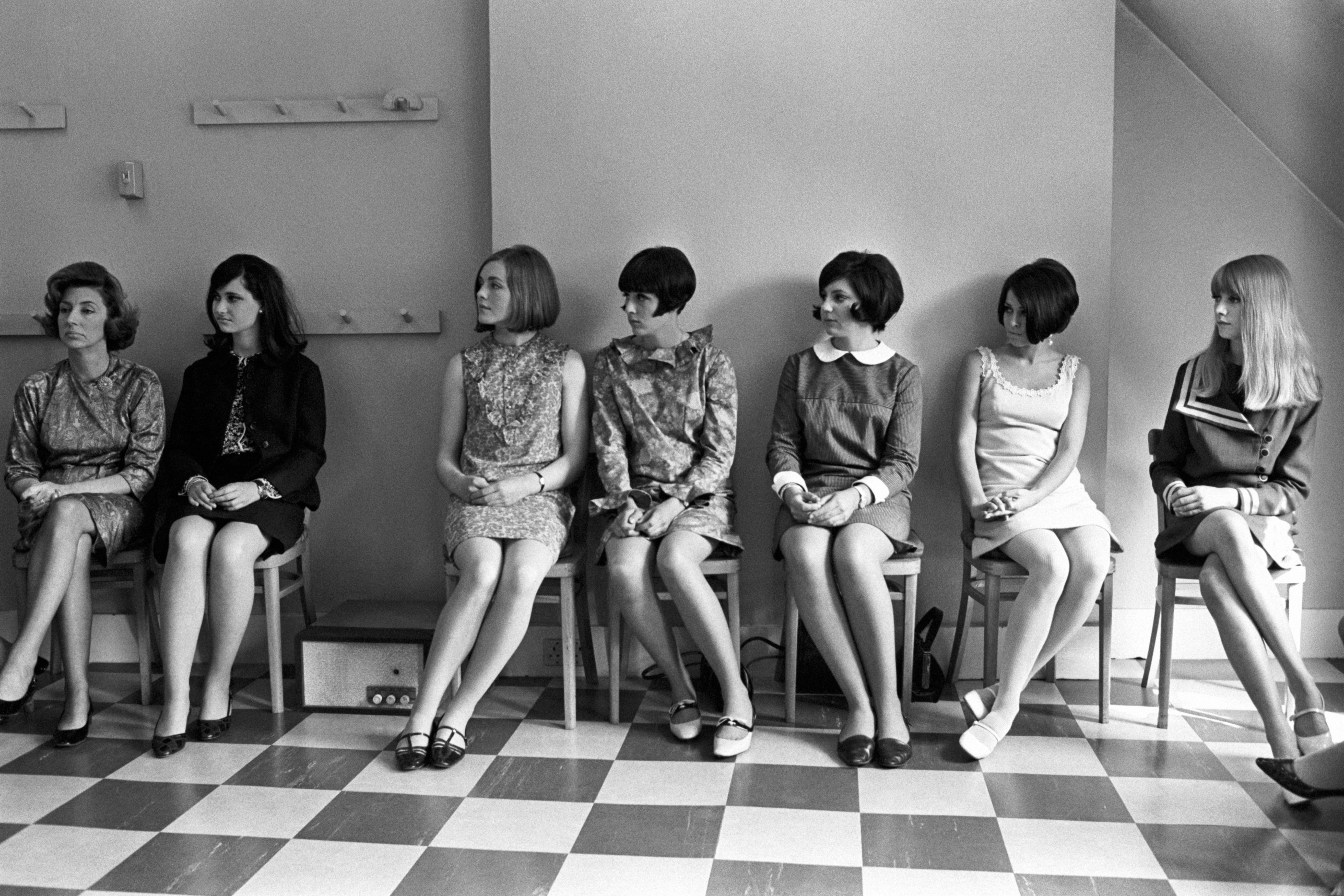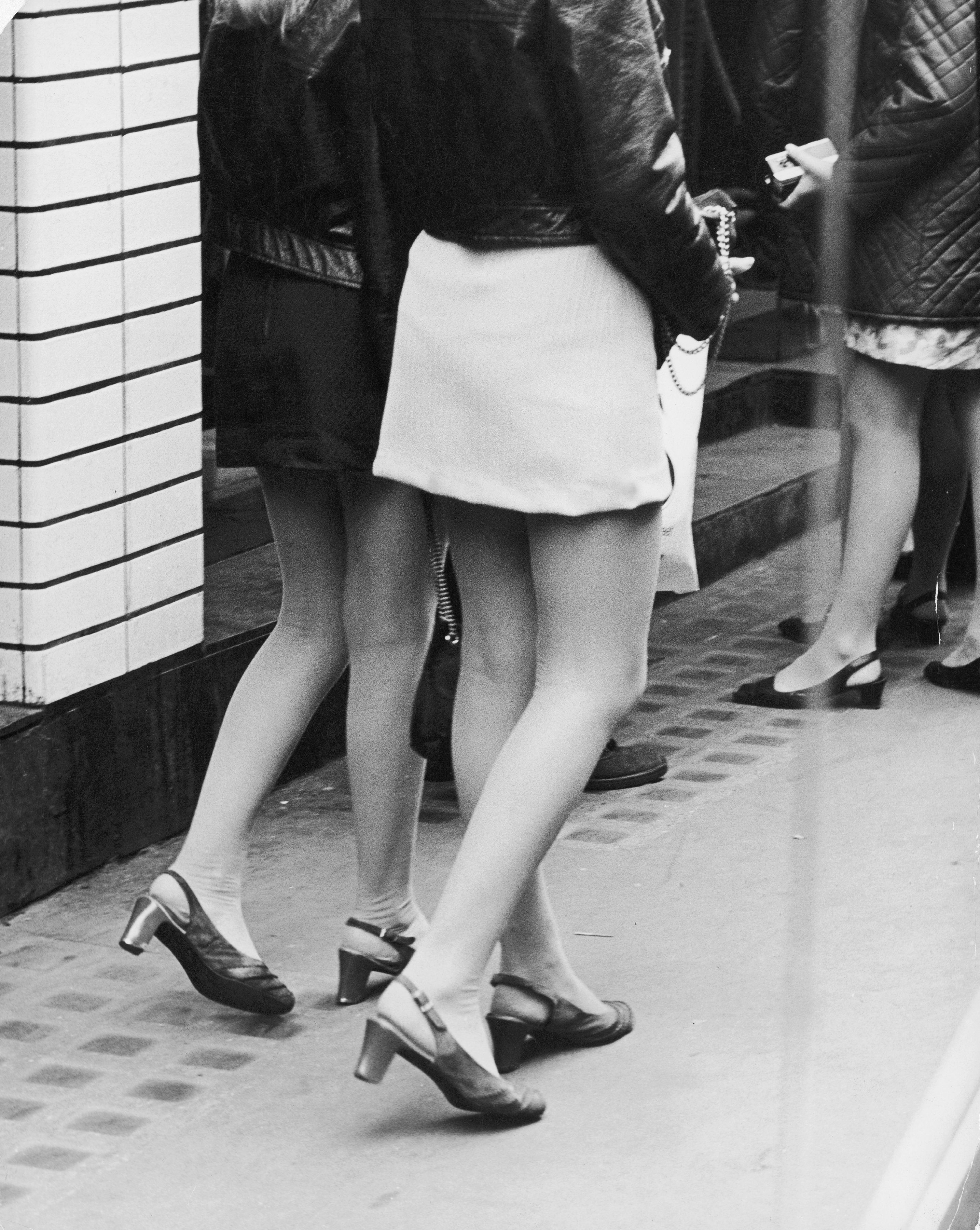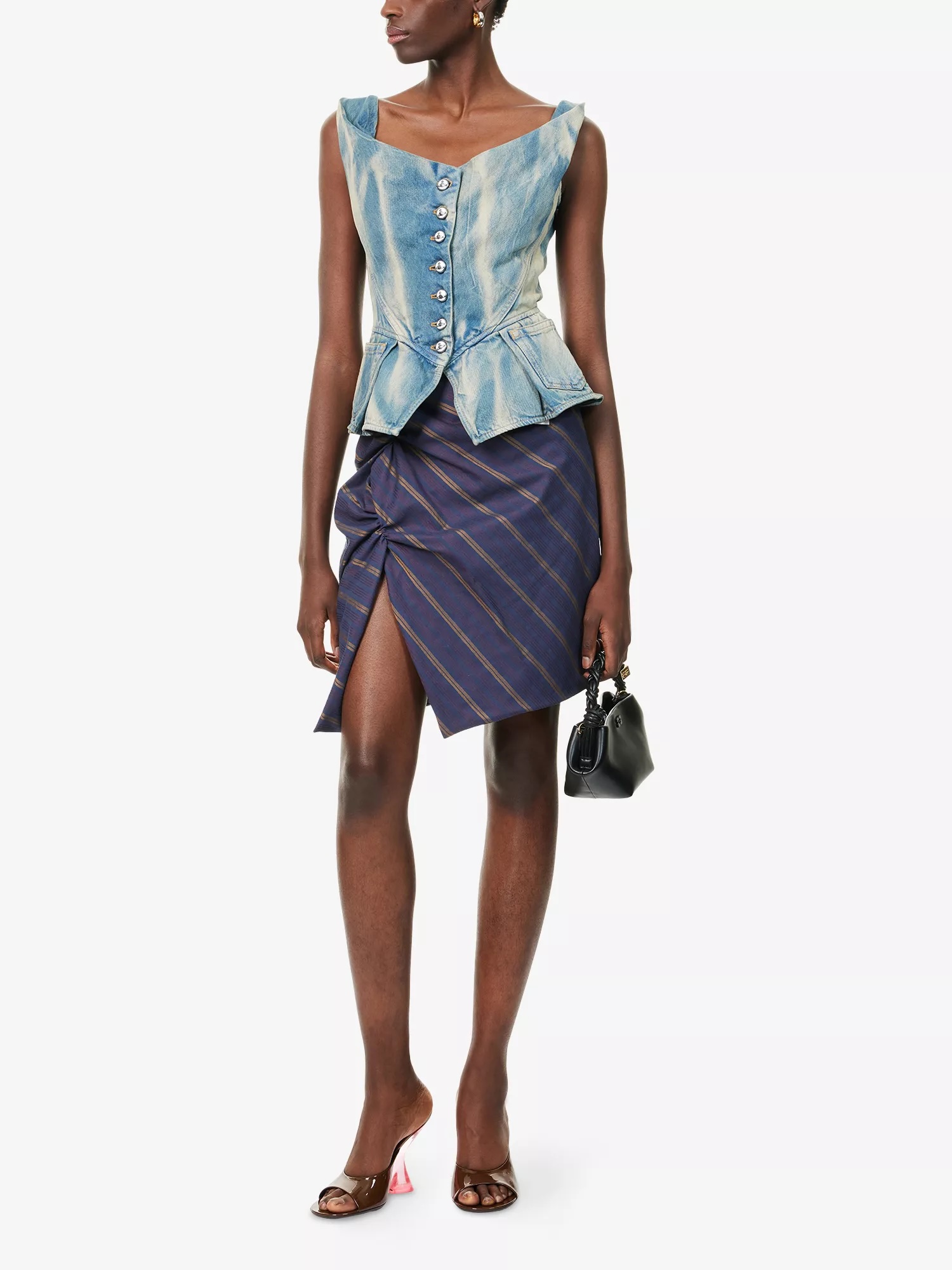‘City gents in bowler hats beat on our shop windows shouting “immoral!” and “disgusting!”’: The rise (and rise) of the mini skirt
What the mini skirt lacked in length it more than made up for in meaning.


When you purchase through links on our site, we may earn an affiliate commission. Here’s how it works.
In 1967, Country Life author Anne Price wrote that young people were wearing skirts so short that they could go ‘no farther up without turning into a blouse’. However, by 1981, she was singing the praises of Mary Quant, the miniskirt matriarch, for her ‘clever codes’ of ‘inexpensive separates in high fashion style’. Quant, she concluded, had ‘got it right again.’
Though the origin of the miniskirt is contested (French designer André Courrèges has a worthy claim), it is British designer Quant who carries most credit for raising hemlines, and eyebrows, during the Swinging Sixties — an era dominated by youth-culture.

Young people were starting to openly question more traditional values and looking for ways to distinguish themselves from the generations that had come before — such as through fashion. Plus, income was at its highest since the end of the Second World War which meant people had a new freedom to spend. And they did so, flocking to the independent stores that lined Soho’s Carnaby Street and Chelsea’s King’s Road. The latter, labelled the ‘most important for shopping’ by Time magazine, in 1964, was where Quant’s ‘Bazaar’ stood — a sort of Mecca for fashion-forward girls. (That said, money wasn’t too much of an issue because skirts measuring less than 24 inches, from waist to hem, were classed as children’s garments and therefore not subject to purchase tax).
For women, miniskirts were a symbol of liberation; a rejection of post-War utilitarianism and the overly feminine styles that had dominated the 1950s. The skirts were worn with brightly-coloured tights, rather than stockings (the uptake of which can also be credited to Quant), and flat Mary Janes or boots as opposed to heels. This allowed for a natural stride and an ability to Twist, challenging the idea that fashion should be worn to make one look more mature. ‘City gents in bowler hats beat on our shop windows with their umbrellas shouting “Immoral!” and “Disgusting!”’ recalled Quant, in her 1966 memoir Quant by Quant.
Twiggy, Cilla Black and Brigitte Bardot all adopted the miniskirt, catapulting it to global fame. It ‘expressed the Sixties’, Quant said, ‘the emancipation of women, the [contraceptive] pill and rock’n’roll… It was the beginning of women’s lib.’
In 2010, designer Karl Lagerfeld said Gabrielle ‘Coco’ Chanel’s dismissal of miniskirts (‘simply horrible’) was one of her biggest mistakes. ‘No-one wanted to be told [that] miniskirts and jeans weren’t chic,’ he said. ‘The result was that she lost her power and in the end no-one cared about what she did.’ A powerful punch from something so mini.
Exquisite houses, the beauty of Nature, and how to get the most from your life, straight to your inbox.
Amie Elizabeth White is Country Life's Acting Luxury Editor. She studied history at the University of Edinburgh and previously worked in fashion styling. She regularly writes for Country Life's London Life supplement and has written for Luxury London, covering everything from Chanel suits and skincare, to the best pies in the city. She has a big heart, but would sell her soul for a good pair of shoes.


